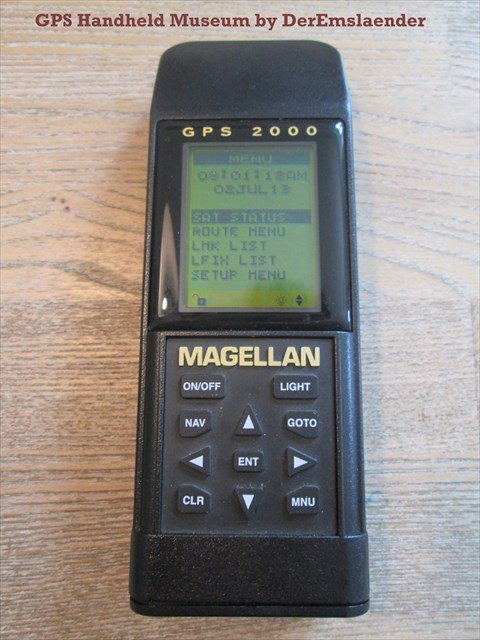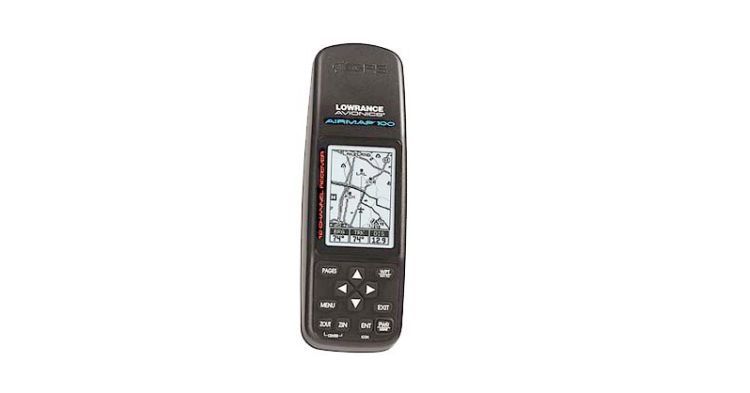David Megginson
Pattern Altitude
One could say that a gyro compass is cheating, too — what happened to timing turns? — but most of us don't cover that up during pilotage.That's cheating David, I agree, but it's still cheating.
One could say that a gyro compass is cheating, too — what happened to timing turns? — but most of us don't cover that up during pilotage.That's cheating David, I agree, but it's still cheating.
Instructors need to work with their students to practice lots of things that aren’t “on the test”. Unfortunately time and money often become overriding factors.The crash wasn't his instructor's fault, but I still think the instructor has a lot to answer for. Instructors need to work with their students to practice "cheating" so that they know how to do it effectively in an emergency.
In his book 'Flying from the Black Hole: The B-52 Navigator-Bombardiers of Vietnam' Robert Harder has a story about a training flight from Mather AFB (Navigator School at the time) in which the lead navigator on the flight accidentally plugged in the reciprocal heading causing the entire formation to travel west (over the Pacific) rather than east (over the mountains) and his trying to balance necessity (informing the other navigators) with military etiquette (not showing up a ranking officer).More seriously, "cheating" is a dangerous word. A number of years ago, a student on his commercial cross country and his passenger died when they got way off course flying. they stopped at my home airport to refuel, then somehow got their heading off...
More seriously, "cheating" is a dangerous word. A number of years ago, a student on his commercial cross country and his passenger died when they got way off course flying. they stopped at my home airport to refuel, then somehow got their heading off — I think the compass in the rental plane (a C152?) was unreliable — and instead of flying southwest to Toronto, they flew West towards the huge unlit area that's Algonquin Park as night fell and it got harder to see visual references. they eventually called for help on 121.5 and got an airliner to relay, but they were below radar coverage and the VOR in the plane was also off by 30°, so ATC couldn't determine their position and they couldn't find an airport. They eventually ran out of fuel and crashed.
Lots of mistakes here, of course and we can discuss them forever but here's the kicker: according to the TSB report, both pilots had smartphones in their pockets with GPS's, and the one of them had an aviation application on it — they both still had charge and were working after the crash. They could easily have made it to several nearby airports. but in the stress and tunnel vision of an emergency, the pilot focused only on what he had practiced before, and since his instructor had presumably drilled it into him that using a GPS was cheating, it never occurred to his overtaxed brain that he could simply pull his phone out of his pocket and see where he was.
The crash wasn't his instructor's fault, but I still think the instructor has a lot to answer for. Instructors need to work with their students to practice "cheating" so that they know how to do it effectively in an emergency.
That's fair. As I mentioned, I just assumed it from the fact that the pilot seems never to have considered pulling the phone out of his pocket. It's a common attitude in flight training — using many of the tools you'll be using every flight after you get your license (and really need to learn to use safely) isn't quite cricket, as the English used to say.I agree wholeheartedly that using the GPS is not cheating unless you're competing to fly without it or something, but I'm curious as to how you knew that the instructor had said or conveyed to this student that using GPS is cheating. Granted, I didn't train several years ago, but every instructor I've met has encouraged the use of GPS on cross countries, even if it's just running as a situational awareness map, including the ones who have been instructing for a few decades.
Sounds like my first Garmin GPS:

I had an old Magellan GPS with a tiny display and a set of open-data aviation waypoints (airports and navaids) that I hacked together. What an improvement when I finally splurged on a Garmin 196 a couple of years later.Looks like it was a "touch" newer than my first Garmin (a 45).
Here's my first...I had an old Magellan GPS with a tiny display and a set of open-data aviation waypoints (airports and navaids) that I hacked together. What an improvement when I finally splurged on a Garmin 196 a couple of years later.

Not the same as mine, but very similar.My first, not for flying:


My first, not for flying:

Peachtree Dekalb (PDK) - Anniston (ANB) - Montgomery (MGM) - PDK. About 350nm.
